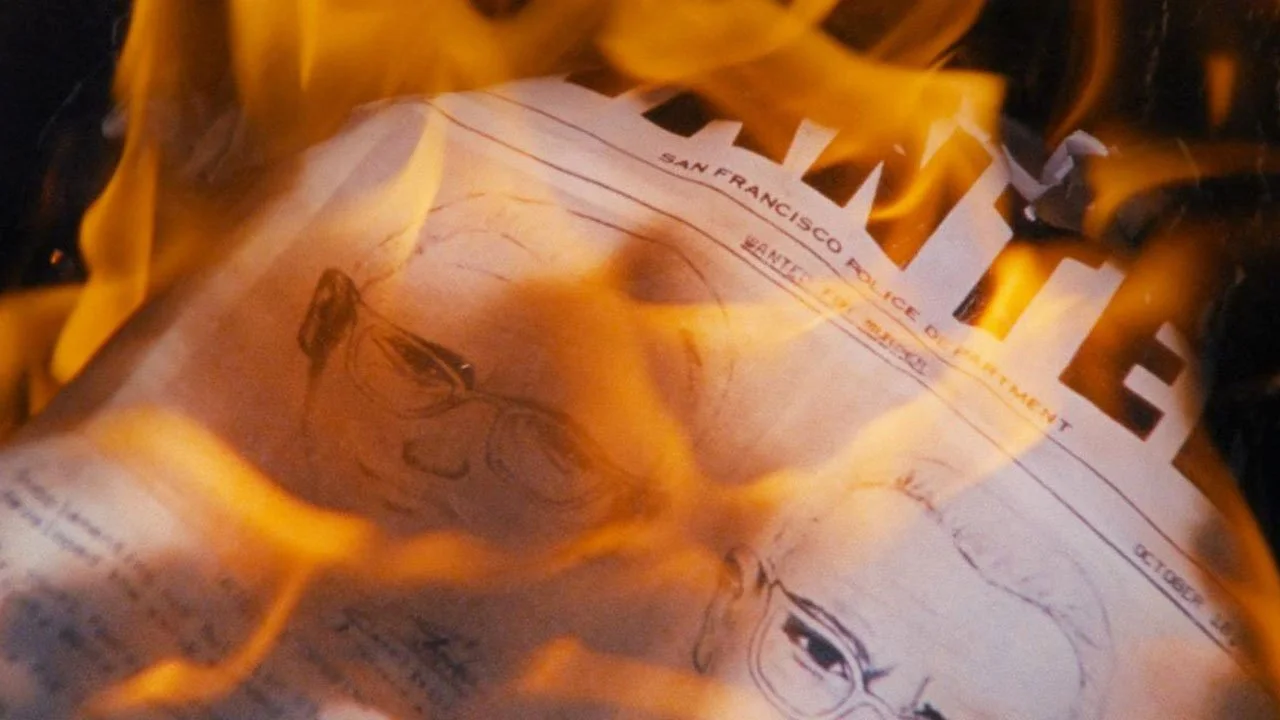Offering the last Goncourt at Christmas? It’s overrated. It’s almost impersonal. To be reserved for a beautiful family we barely know.
Whilea fashion book, it’s already a little more sophisticated, and you can always say that the person you’re giving it to has always made you think of some great seamstress with admirable looks and destiny, or some brilliant stylist. An elegant compliment, which will make you the nicest person in the living room. It will not be a lie, but the magic of Christmas!
The interest of giving books and beautiful fashion books for Christmas
And if ever the person for whom you are looking for gift ideas reads little or not at all, there is still the option of beautiful fashion books. Influencers even rip off the fake ones just to use them as decoration on their shelves to look knowledgeable, so imagine the priceless value of the real ones on the table of the lucky one you will offer it to (this is irony, if I need to point it out).
In short, here is a subjective selection of books and beautiful fashion books to offer to beautiful people, aesthetes, fashion enthusiasts or in need of decoration.
The history of fabrics in comics
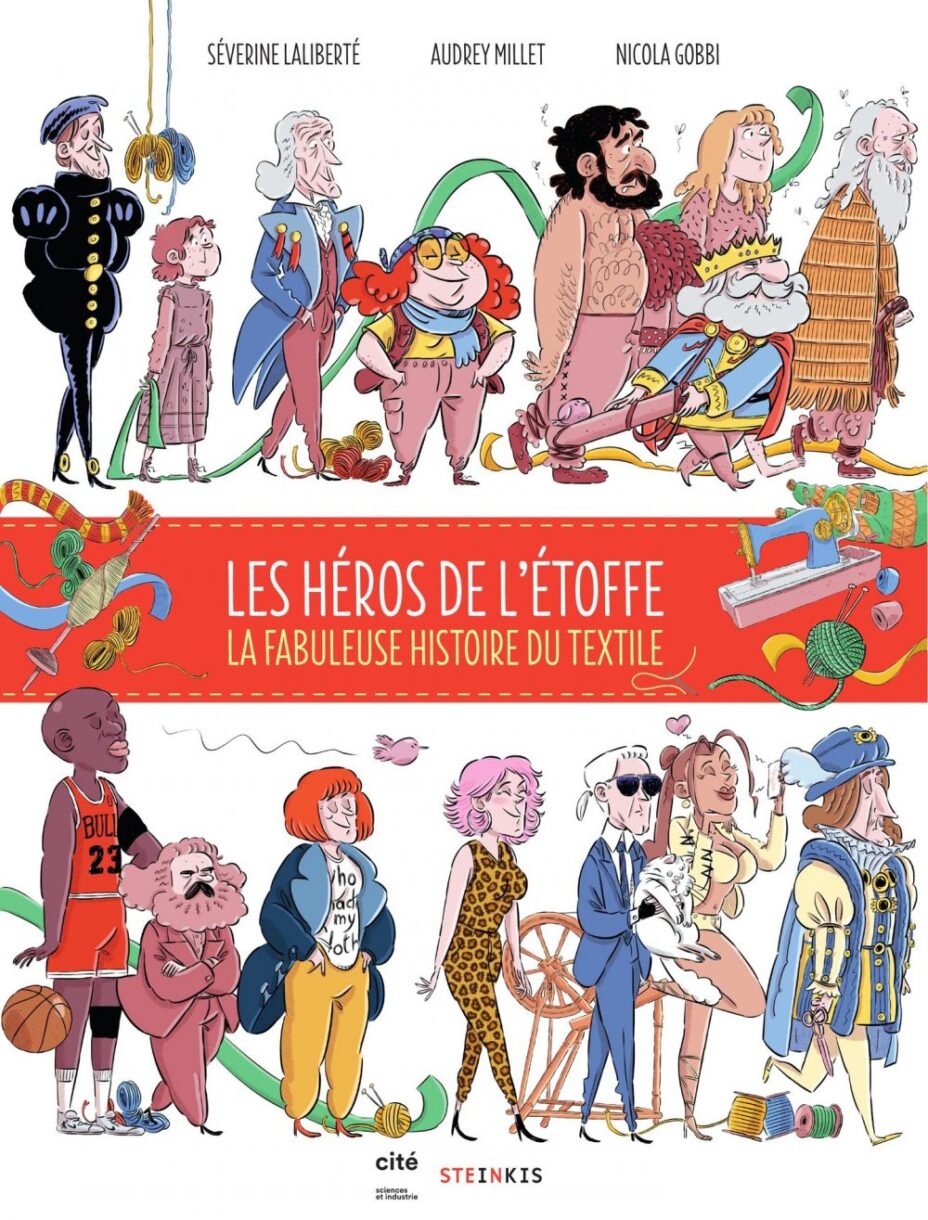
The general public tends to add fashion to the names of fast fashion brands and artistic directors, however forgetting the little hands that make what is on display or not, and an entire supply chain to cultivate raw materials, transform them, weave and color them , color them, etc. This is how the fashion historian Audrey Millet and the archaeologist Séverine Laliberté tell with erudition and usability in the book illustrated by Nicola Gobbi, cloth heroes – The fabulous history of fabrics, which goes from the Paleolithic to the present day. This comic tells how fashion has industrialized and globalized to become the empire of dreams and pollution we know today. A nice introduction, really for the general public, for young and old who are directly or indirectly interested in this increasingly frenetic industry. To go further, Audrey Millet has written other more specialized books that are worth seeing: The black book of fashion – Creation, production, manipulation ; Making wish – history of fashion from antiquity to the present day ; or The bottom of the swimsuit: another story of the body.
The biography of Gabrielle Chanel
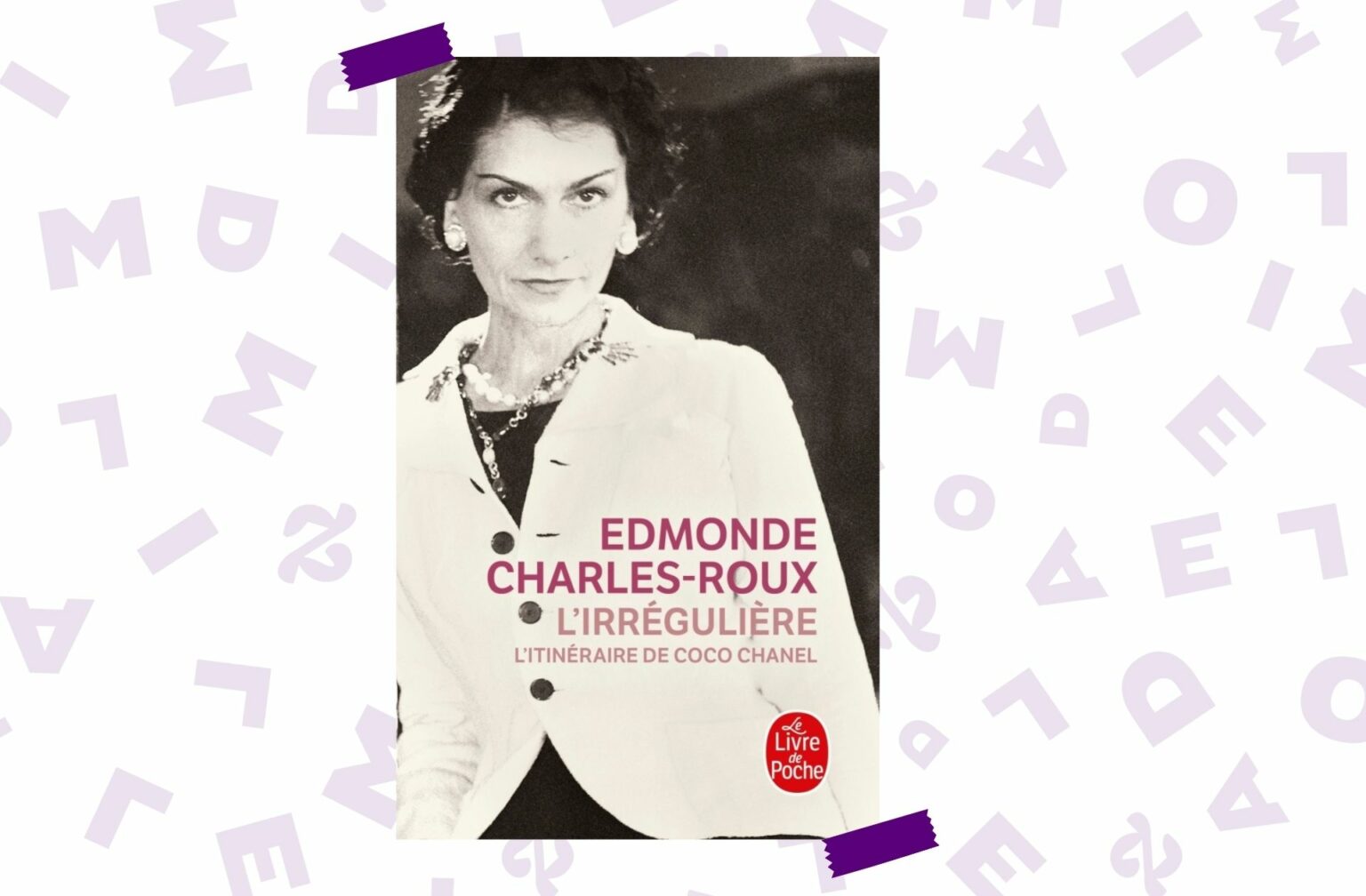
Prototype of girl boss even before it became fashionable, Gabrielle Chanel has had an unlikely life, from nunneries to reigning over haute couture, passing through a box of collaborations with the Nazis, anyway…
Written by Edmonde Charles-Roux, this official biography is as much about the light as the shadows of her fashion career, but also his hectic love life. This, with a magnificent writing style, from this author who also received the Goncourt prize in 1966 for her novel Forget Palermo. In short, to be put in the hands of all, especially the most enterprising.
The biography of Yves Saint Laurent
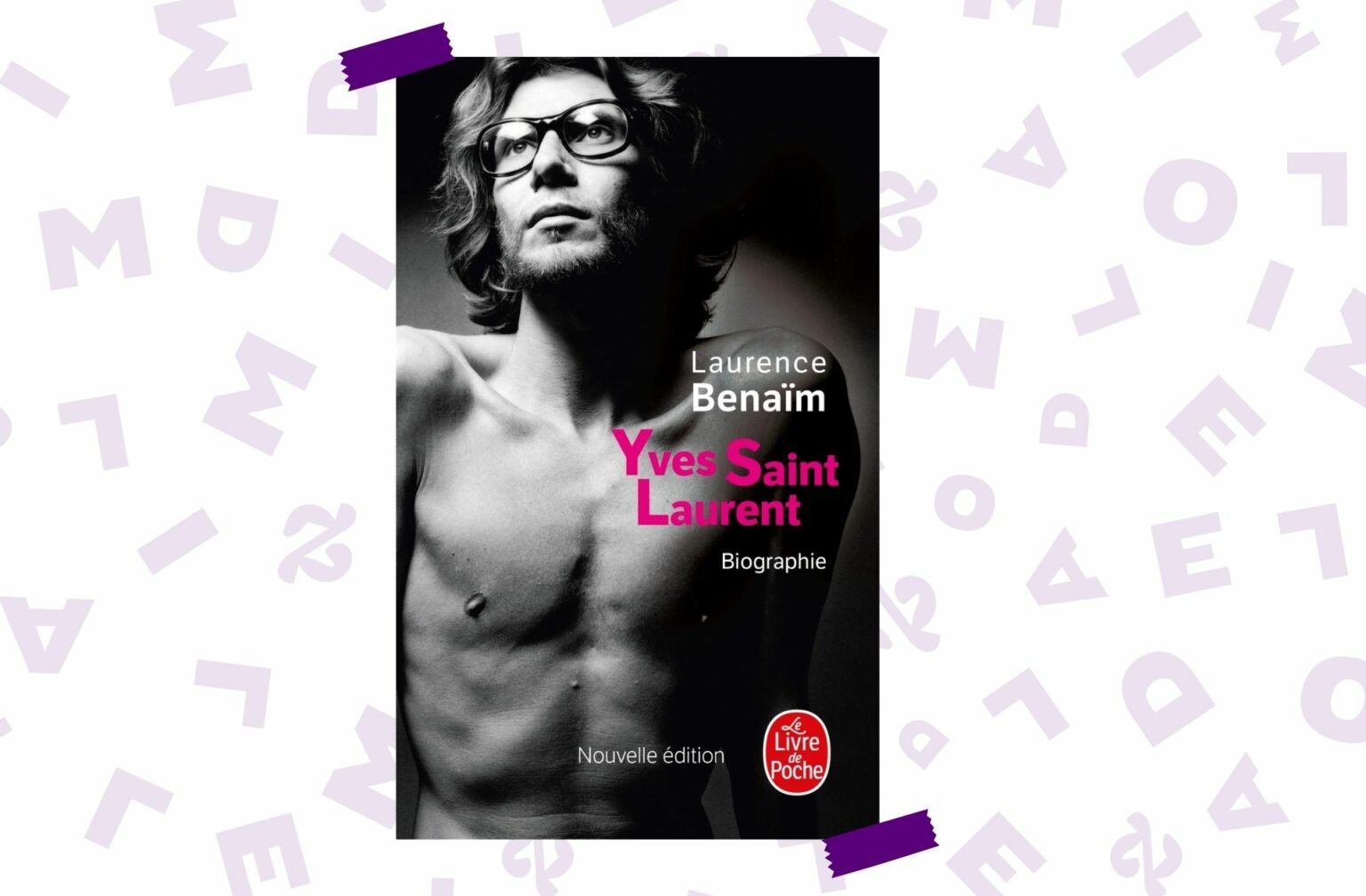
Yves Saint Laurent is another great French couturier whose life was so intense that it inspired several biographies and biopics.
Born in Oran, then French Algeria, he went to Paris to work for Christian Dior, who he ended up replacing upon his sudden death in the prime of his glory, before founding his own house. Hanging out with many artists of crazy Paris from the 60s to the 80s, this exceptional couturier and colorist left an indelible mark on French fashion, as his principal companion, Pierre Bergé summed up so well on the evening of his passing on the microphone of France Info. :
“Chanel gave freedom to women. Yves Saint Laurent empowered them. You have left the aesthetic territory to enter the social territory. He did social work.
And this biography, by journalist Laurence Benaïm so agile in drawing the portrait of this great couturier always on the alert sublimely sums up the extraordinary journey of those who wanted it all terribly », according to Apollinaire’s formula.
To offer to your hypersensitive, slightly precious relatives who are passionate about colour, pop art or the 19th century (delete as inapplicable).
The forbidden biography of the great couturiers of the stars of the late 1900s
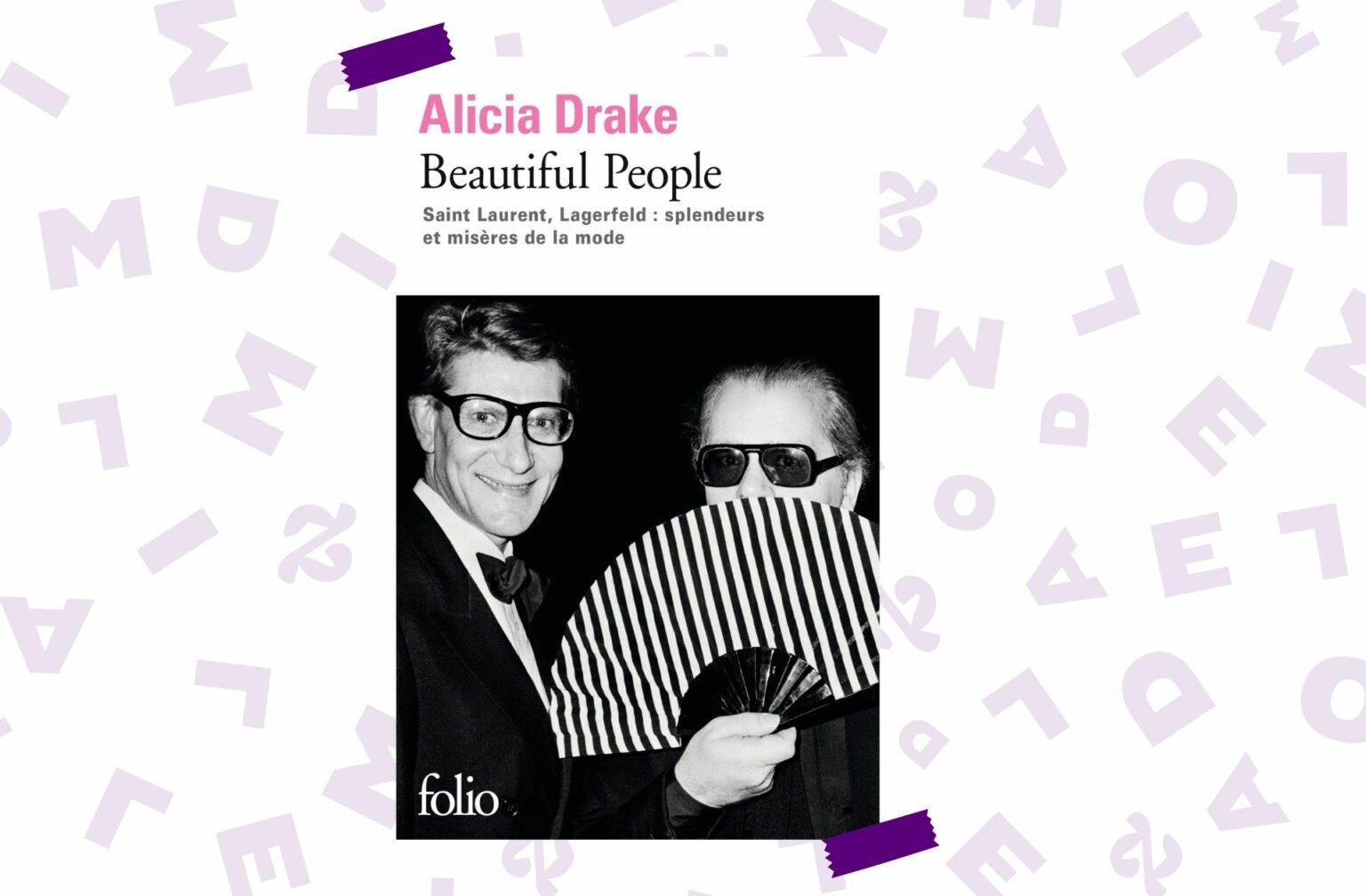
It’s almost hard to imagine how fashion industrialized today, but in the second half of the 20th century, the great couturiers were almost rock stars… with the sulphurous life that accompanies it.
Contrary to the authorized biographies above, Alicia Drake’s one paints a portrait of this crazy time when Yves Saint Laurent stole Karl Lagerfeld’s boyfriend, while Pierre Bergé raged in his corner. And all these beautiful peoplewonderful people) met, eyeballed and danced together at the Palace and other select and indecent clubs.
To be offered therefore to your closest fashion and/or clubbing fans, who are less interested in big history than in the small stories that make all the salt out of it, and above all the salt!
The most beautiful of the beautiful books about Alexander McQueen
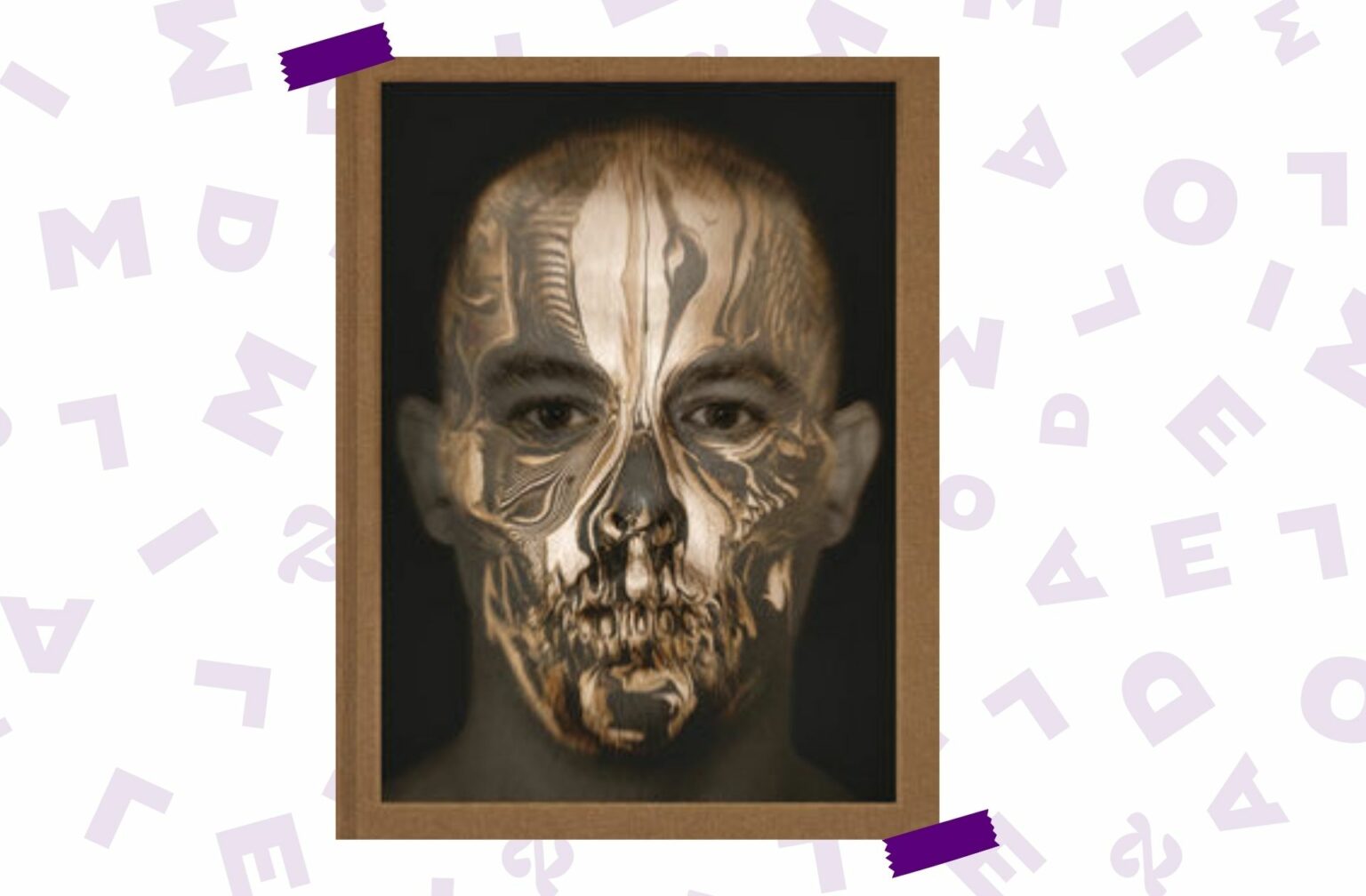
Alexander McQueen (1969-2010) was one of the most influential designers at the turn of the millennium. He expands the conventions of dress beyond utility to become an expression of culture, politics and social identities.
Focusing on the most iconic designs of his incandescent career, this book examines McQueen’s technical virtuosity and its subversions traditional sewing practices. If fashion isn’t an art, it still has some artists like Alexander McQueen.
To offer to the most romantic / gothic of your loved ones, passionate about cinema, psychology or even theater.
The beautiful photographic book of two clothing architects
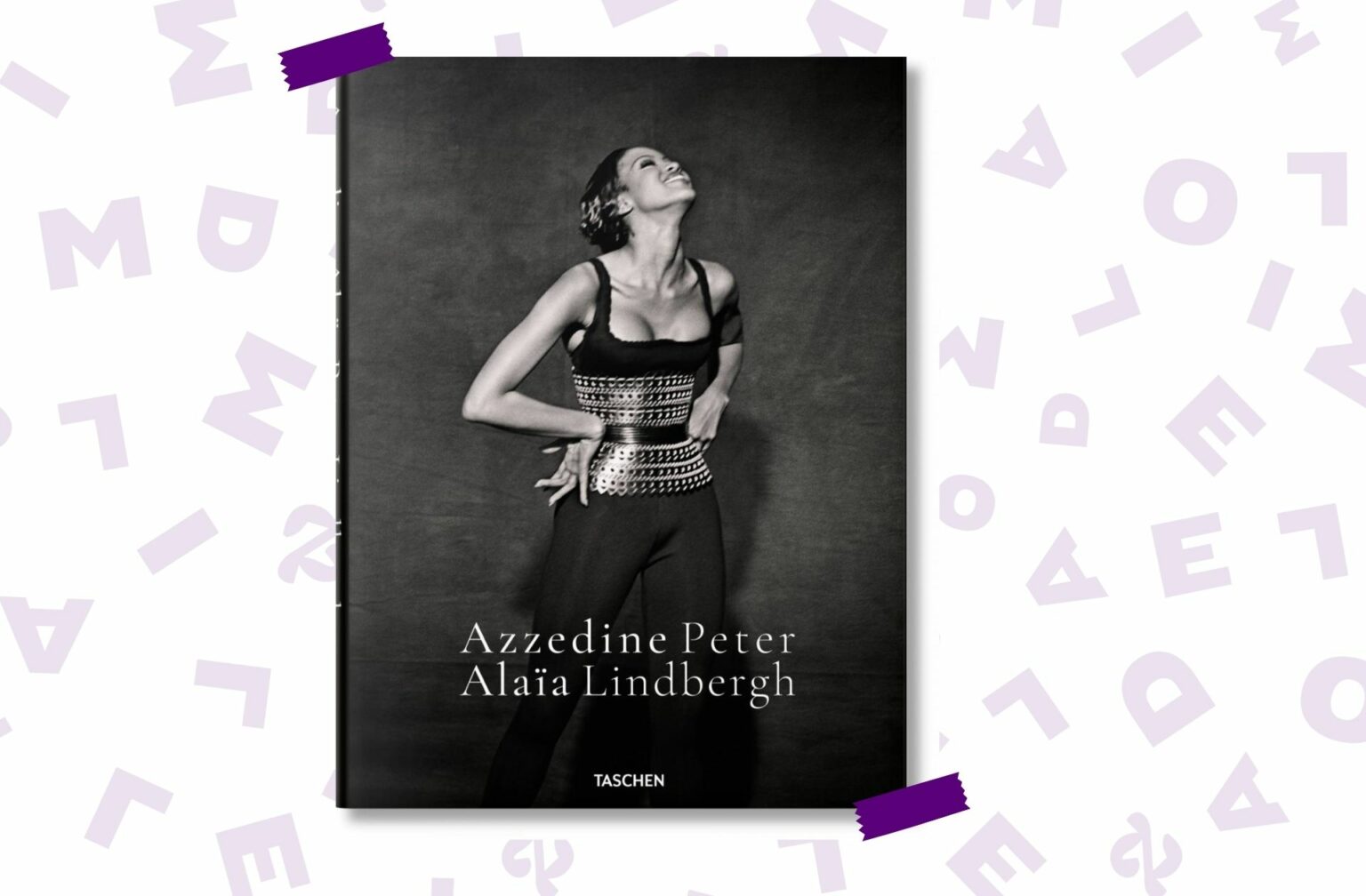
The photographer Peter Lindbergh (1944-2019) and the great couturier Azzedine Alaïa (1935-2017) find themselves in an affection for black, which they treat as a material to sculpt on the body. This book immortalizes on paper the unique dialogue between these two artists.
Their artistic partnership testifies to their extraordinary successes in the history of photography and fashion. To be offered to all lovers of architecture, design, sculpture, photography and of course fashion!
The biographies of John Galliano and Alexander McQueen
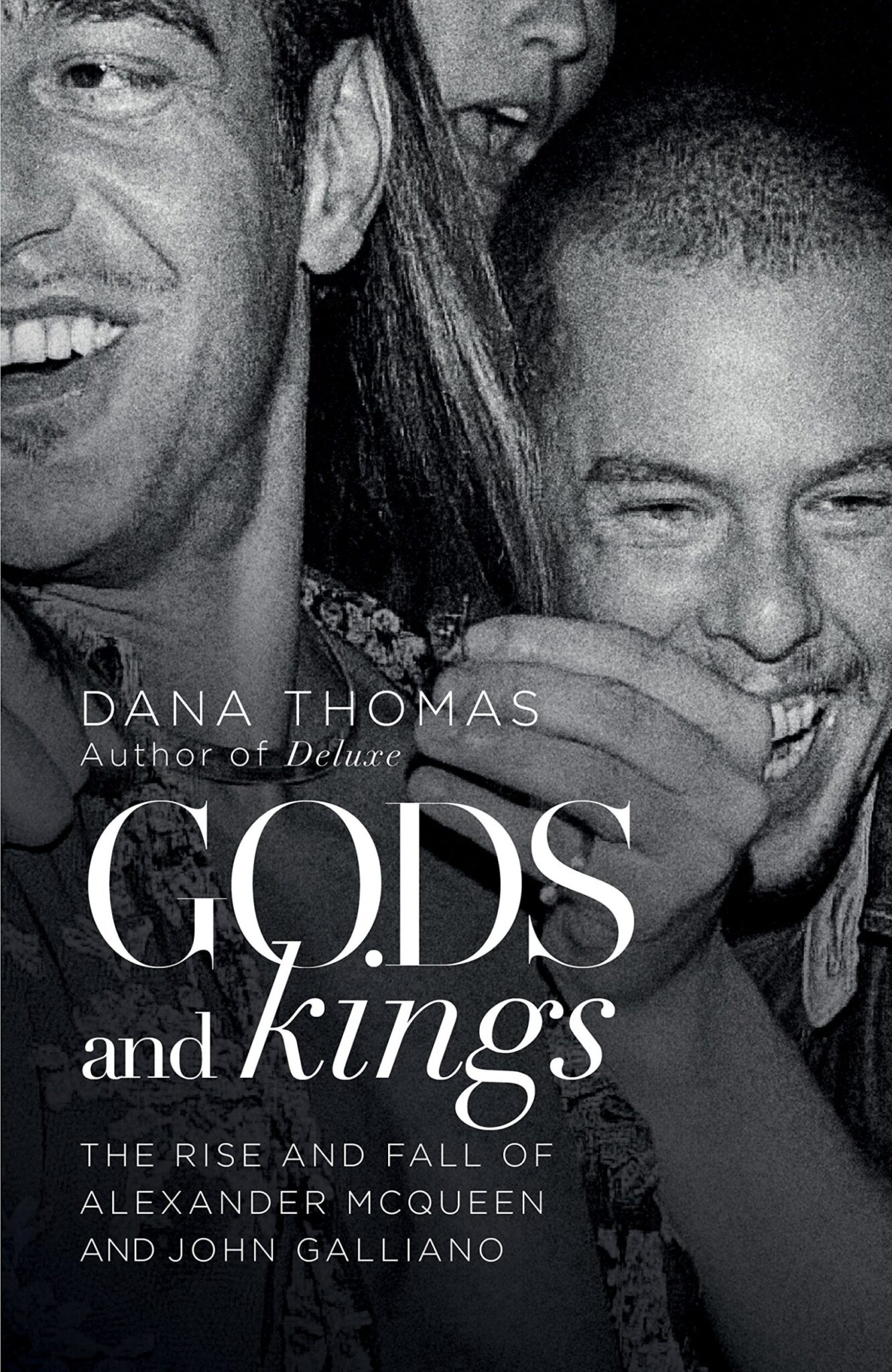
Published in 2015, this book is a gold mine for understanding the creation and a little of the psychology of the two great tormented British couturiers John Galliano (born in 1960, now head of the Maison Margiela) and Lee Alexander McQueen (born in 1969 and is died in 2010). These near contemporaries have so much in common that fashion journalist Dana Thomas has decided to draw this book from them in the form of fascinating cross biographies. It tells a lot about their childhood, their studies at Central Saint Martins, the founding of their own eponymous brand, the sirens of the big luxury groups (the two moved on to Givenchy, before one moved on to Dior, and the other devoted himself to his own house, of which he sold 51% of the shares in 2000 to the Gucci Group, now Kering), until he foundered under unsustainable financial pressures. The eldest accumulated addictions until he made inexcusable racist and anti-Semitic comments in 2011, which led to his being fired with a bang from Dior. Even the youngest engaged in risky behavior, until he finally committed suicide in 2010. In the midst of these social, aesthetic, economic trajectories told without pathos or glamor Dana Thomas also draws a portrait of the industrialization of the luxury sector, a grinder inside to sell you dream outside where two empires now reign: LVMH and Kering.
Christian Dior in Paris (but occupied by the Nazis)
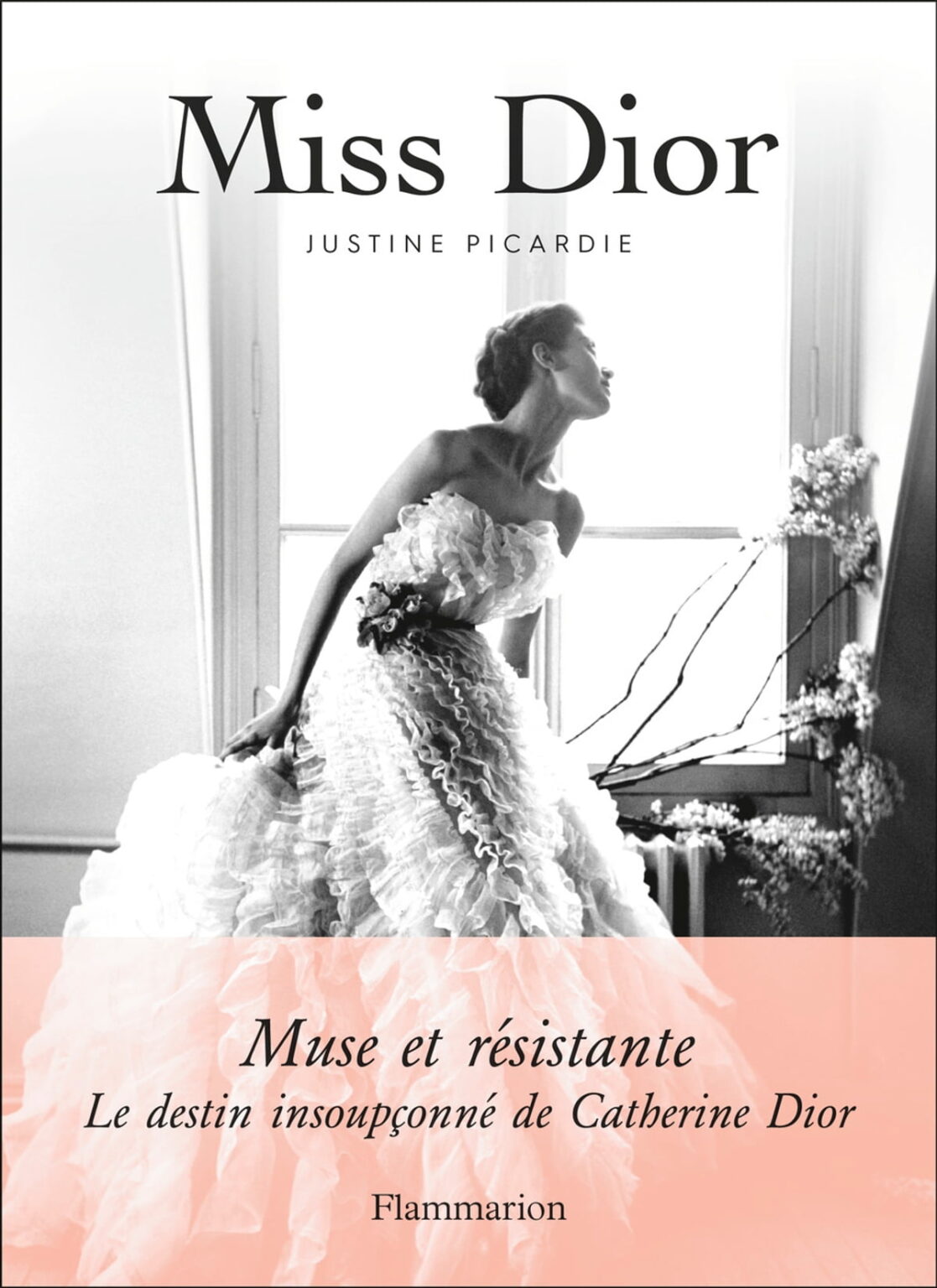
If the life of Christian Dior has not yet given birth to biopics worthy of the name (unlike that of Saint Laurent), Apple TV+ should soon release the series The new look : Juliette Binoche plays Gabrielle Chanel, dethroned by Christian Dior, played by Ben Mendelsohn, at the height of Parisian haute couture, in full Nazi occupation. While waiting for the release of this long-awaited series by fashion enthusiasts, we can delve into the subject by reading Miss Dior (published in 2021), by Justine Picardie, which recounts the extraordinary, heroic and romantic fate of Catherine Dior, younger sister of the great couturier. This courageous resistance, which survived deportation and the Ravensbrück concentration camp, was able to find in her brother’s padded clothes (scandalous at the time of the restrictions) a form of refuge for her body emaciated by her horror. In addition to inspiring Christian Dior’s most beautiful perfume, she then dedicated the rest of her life to flowers, her brother’s legacy and the duty of remembering her. A way to reread the great history with fashion as a background.
Source: Madmoizelle
Elizabeth Cabrera is an author and journalist who writes for The Fashion Vibes. With a talent for staying up-to-date on the latest news and trends, Elizabeth is dedicated to delivering informative and engaging articles that keep readers informed on the latest developments.


